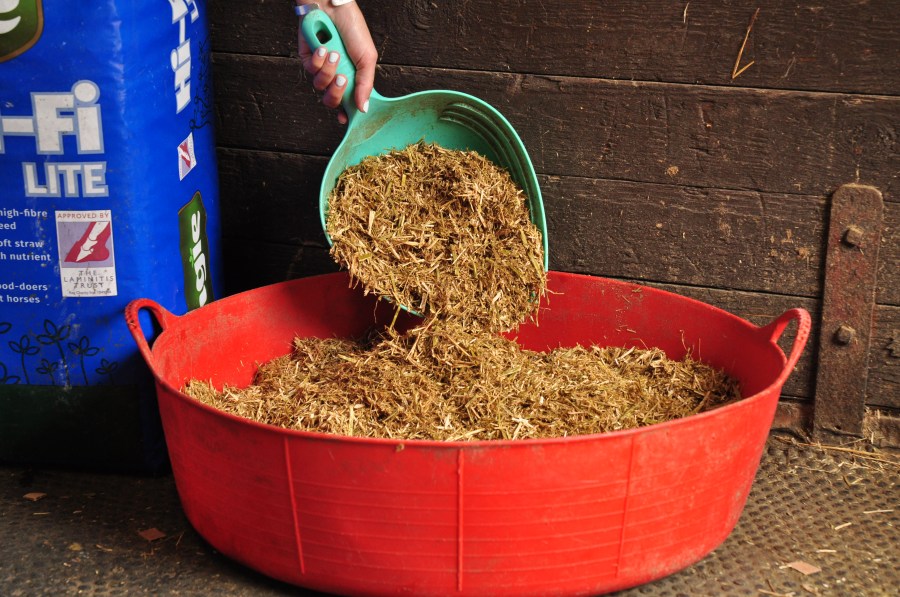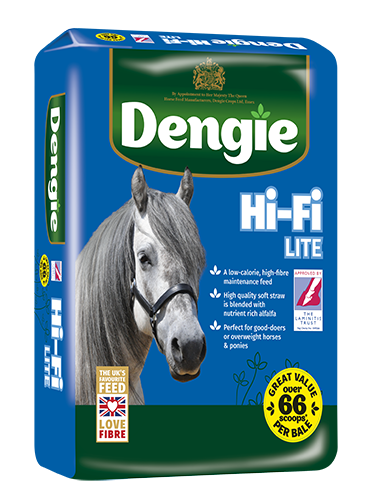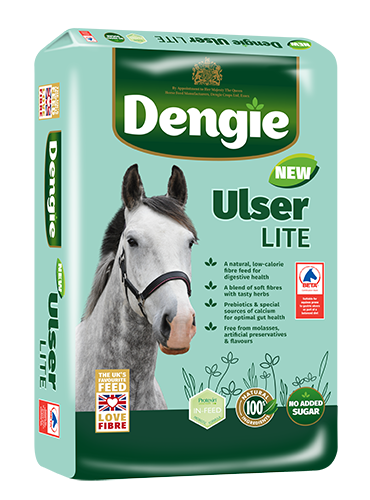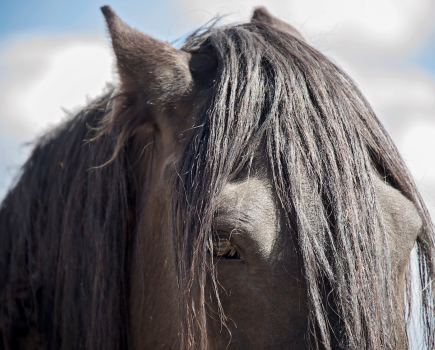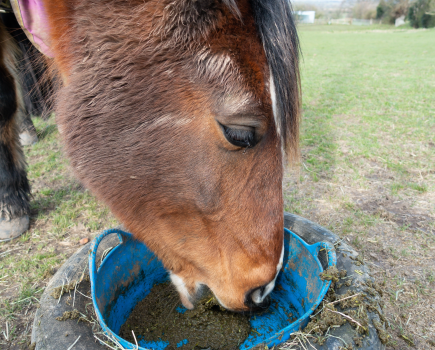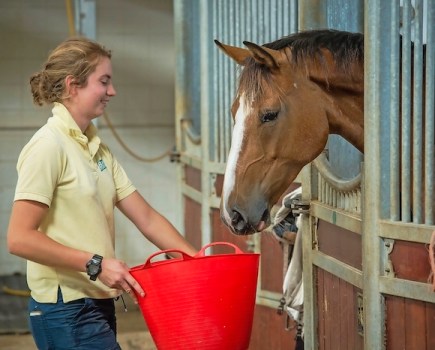ADVERTISEMENT FEATURE
Worried about gastric ulcers but have a good doer? If the answer is yes, then you’re not the only one. Although horses with ulcers were historically thought to typically be underweight and poor doers, this is no longer the case. A recent study from Belgium showed that only half of those with ulcers were underweight. So much guidance relating to ulcers centres on feeding plenty of forage, but what if this means your horse puts on weight? How do we find the balance between feeding enough but not too much forage?
If too little forage is a risk factor for ulcers, how much forage should I feed?
The minimum levels of forage recommended have changed over the years which is one reason some confusion exists. The increasing frequency with which ulcers is being diagnosed may account for why the recommendations for minimal dry matter intake tend to increase in more recent studies. The consensus amongst most vets and nutritionists for the long term management of good doers is 1.5% of current bodyweight on a dry matter basis.
Let’s break this down a little bit more to understand why:
- 1.5% – earlier studies have gone as low as 1% of bodyweight and whilst no adverse effects on welfare of the horses were found, the studies didn’t look for ulcers specifically and lasted for a relatively short time e.g. up to 12 weeks.
- Current bodyweight – we advocate using the horse’s current bodyweight as it is less subjective than trying to estimate what the horse’s ideal bodyweight should be. If the weight loss program works, then the intake required will gradually reduce in line with the horse’s weight loss. A gradual reduction in intake is a much safer approach to maintaining digestive health than one big drop.
- On a dry matter basis – wetter forages such as haylage may only contain 60% dry matter whereas hay is around 85% dry matter. If recommendations are given on an as fed basis, a horse receiving haylage will be consuming much less fibre than the horse on hay as 40% of the haylage consumed is water. If trying to calculate how much forage your horse can have on a dry matter basis is confusing then you’re not the only one and please don’t be embarrassed to ask for help – our nutritionists will do this for you so you know you are using the right amount. If you complete our Feed Advice Form we can check the level of fibre in the total ration which is key.
- Long term management – to deal with an acute or significant obesity or laminitis situation it may be necessary to reduce to below 1.5% for 3-6 months for example. We would advise discussing this with your vet first and the aim should always be to return to at least 1.5% as soon as possible to reduce the risk of other health issues such as gastric ulcers.
| Use a lower energy forage or forage replacer, such as Hi-Fi Lite or Ulser Lite, so that more can be fed without promoting weight gain, rather than reducing to below 1.5%
|
Which low energy forages can I use?
One way to manage forages that are higher in energy or sugar is to mix them with straw. Sadly, misinformation about straw puts some people off using it, especially for horses with ulcers. A previous study investigating the incidence of EGUS found that horses fed straw as the sole or predominant fibre source were more likely to have ulcers. However, the key here is that straw was used as the sole or predominant fibre source which is not typically done in the UK.
Recognising that straw can be useful as a low-calorie forage source for good doers, a follow up study has since been published investigating the safety of feeding 50% wheat straw to replace haylage. The study found no ill effects and specifically looked for gastric ulcers, indicating that straw could be a really useful ingredient in the fight against ulcers and weight gain!
Simple calculations show that if straw is used to replace 1/3 of the weight of an average hay, a reduction in energy intake of 16% is achieved. If 1/2 of a good quality haylage is replaced with straw the overall reduction in energy is around 25%. These are really significant changes that could make all the difference to managing a good doer to try and reduce the risk of ulcers.
All of these studies are why we at Dengie are so passionate in our belief about the importance of fibre both in terms of forage and pasture as well as using fibre in the bucket feed. Our range of fibre feeds can be used as partial, or in some cases, complete forage replacers to help supply sufficient fibre whilst managing a horse or pony’s weight.
Finding a happy medium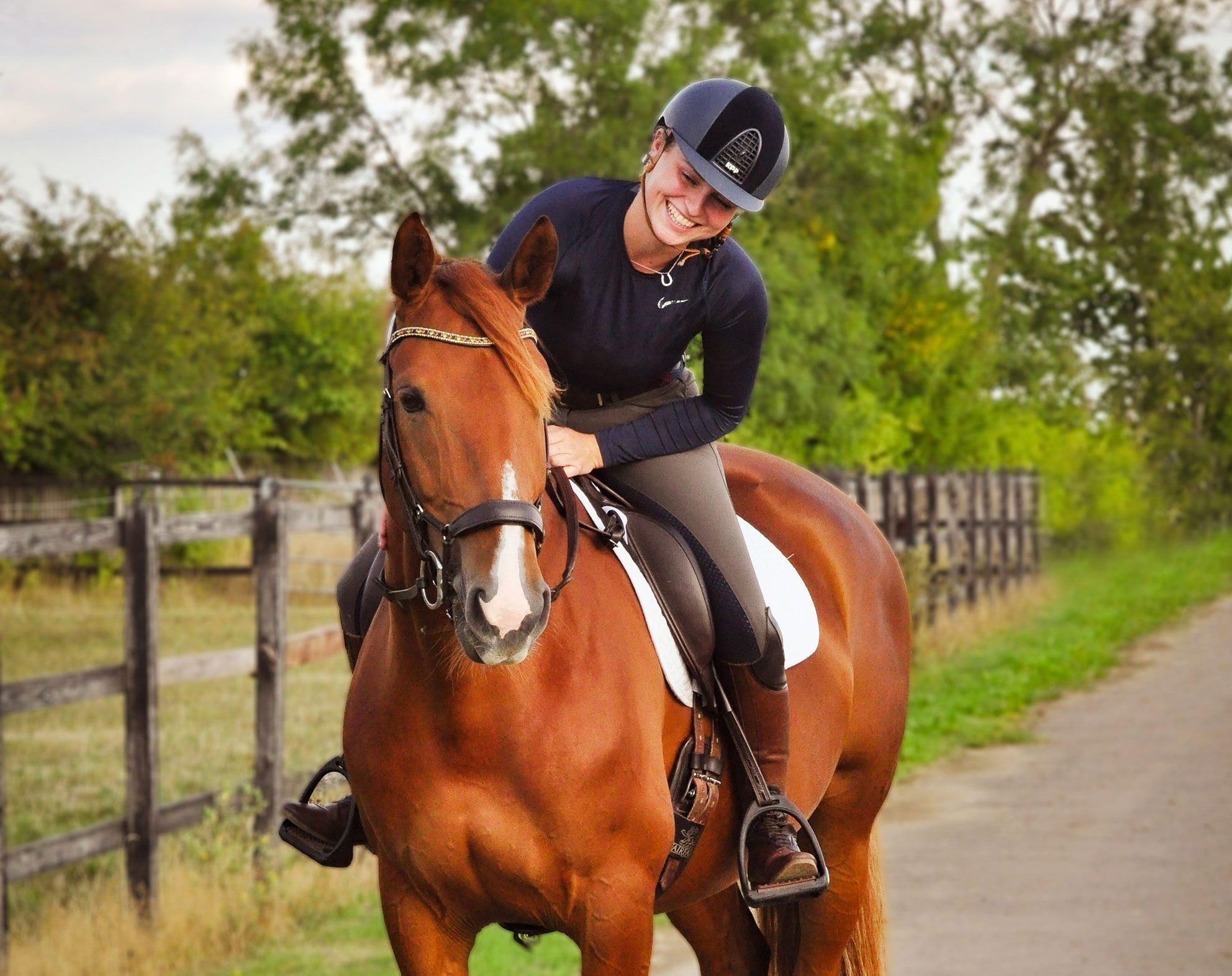
The latest product to join the Dengie range is Ulser Lite and it has been developed with the ulcer-prone good-doer in mind. The predominant ingredient is chopped oat straw blended with some chopped grass plus grass and alfalfa pellets, to provide some natural sweetness and buffering, whilst keeping the energy level as low as possible. The addition of prebiotics and yeast promote digestive health and the added herbs are those used very successfully in Healthy Tummy to tempt even the fussiest eaters. Lydia recently started feeding her horse, Amber, Dengie Ulser Lite, following diagnosis of squamous and glandular ulcers. Turnout and an ulcer friendly diet were recommended but Lydia was concerned as Amber is a good-doer. “It has been a big challenge to manage Amber’s weight as well as the ulcers but with Dengie Ulser Lite I have found a happy medium!” says Lydia. “Amber loves the Ulser Lite and it’s great that I can give her larger quantities without worrying about giving her too many calories”. |
Dengie is here to help you! With so many feeds to choose from and lots of equine nutrition issues to think about selecting the right feed can seem a little daunting. The nutrition team at Dengie are highly qualified and experienced; our philosophy is to always do the best for your horse and we recommend the most suitable horse feeds and product, whoever makes them, whilst also considering the whole diet giving guidance on grazing, forage, supplements and general management.
For a personalised feeding plan, complete our Feed Advice Form or call the Dengie feedline on 01621 841188.


